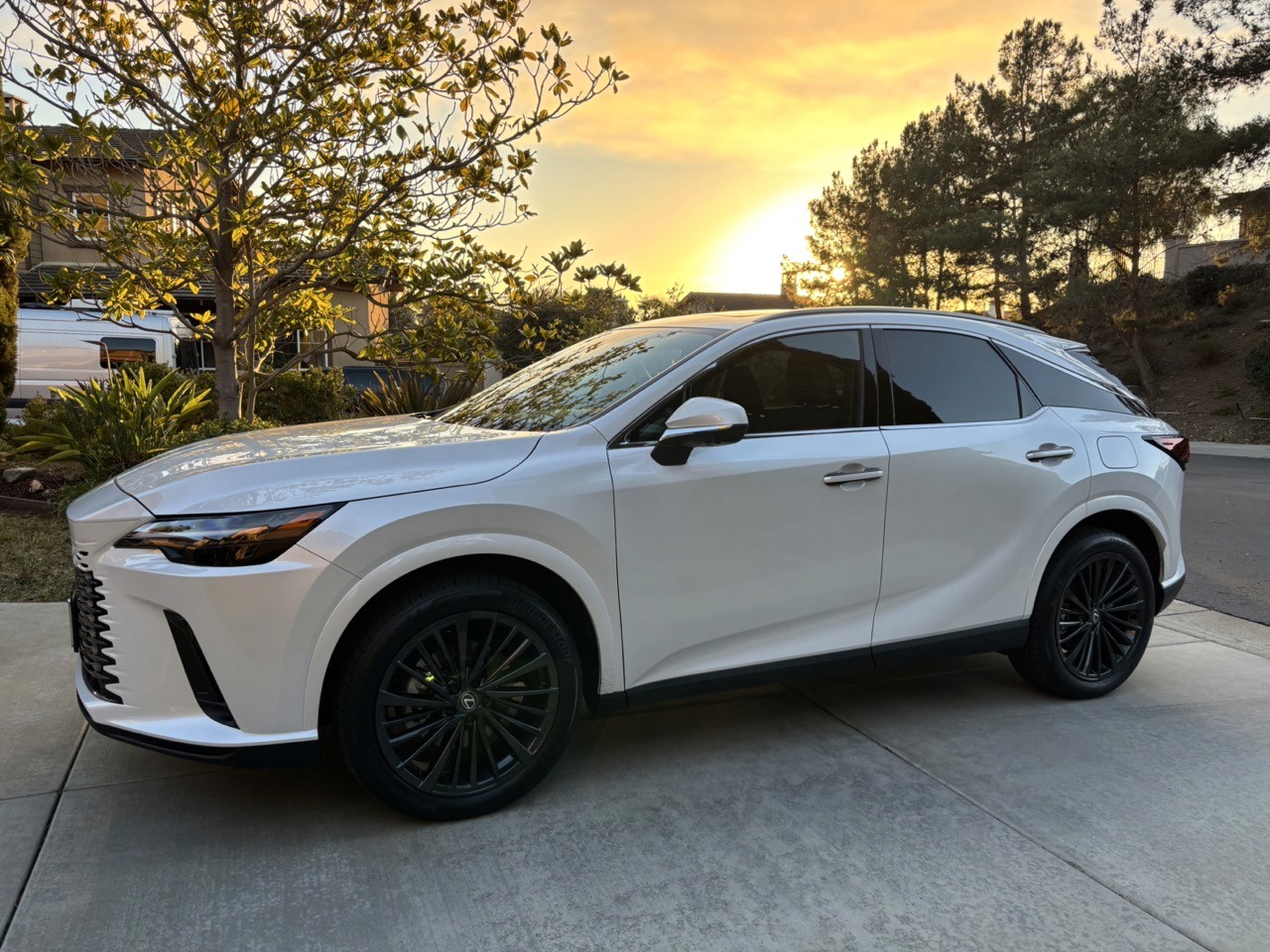EV Battery Safety, Charging Choices, and Used EV Buying Tips
Written By
Peter C. Smith
Published
Aug 9, 2025
Learn how EV battery safety has evolved, why charging method matters, and what to check before buying a used electric car. Expert insights from CarOracle.
Executive Summary
EV battery technology has advanced rapidly in recent years, making fires far less common than in the early days of electric cars. While high-profile incidents still make headlines, automakers have introduced better thermal management, improved cell chemistry, and stronger safety systems to protect both drivers and the battery itself. Whether you’re leasing or buying new or used, understanding battery safety, charging best practices, and how to evaluate battery health will help you choose the right EV for your needs.
The Evolution of EV Battery Safety
Ten years ago, EV fires were often linked to overheating cells, poor thermal management, or damage from collisions. Today, most major automakers have adopted multiple layers of protection:
General Motors Ultium Platform – Features wireless battery monitoring and individual cell isolation to prevent thermal runaway from spreading.
Hyundai & Kia – Improved thermal management and cell separators after earlier recalls, with better liquid cooling integration.
BMW & Mercedes-Benz – Use robust battery casing and active cooling systems that meet strict European safety standards.
Tesla & Rivian – High energy density packs with strong crash protection, though not necessarily leading the industry in thermal safeguards.
Lucid – Advanced liquid cooling and battery chemistry tuned for high performance, but still early in long-term fleet data.
Toyota & Lexus – Conservative chemistries and proven thermal systems, often with lower energy density for enhanced longevity.
Many modern EV packs are now designed to contain and isolate a failing cell before it can trigger a chain reaction.
Charging Safety: Why Hardwiring Can Make Sense
Most home EV chargers can be installed in two ways:
NEMA Plug-in (commonly NEMA 14-50 for Level 2 charging)
Hardwired (permanently connected to your electrical panel)
Pros of NEMA Plug-in:
Easy to replace or upgrade the charger without rewiring — handy if you switch EV brands and need a different connector.
Can be relocated if you move homes or reconfigure your garage.
Works well for renters or homeowners who don’t want a permanent install.
Cons of NEMA Plug-in:
Slightly more resistance at the plug connection, which can create heat over long charging sessions.
Potential for wear on the outlet over time, especially with daily high-amp charging.
Amp capacity can be limited by outlet and breaker rating.
Pros of Hardwired:
Eliminates plug and outlet wear, reducing potential overheating risk.
Can support higher amp capacity in some cases.
Meets certain building codes that require hardwired EVSE for permanent installations.
Cons of Hardwired:
Requires an electrician to replace the charger.
Not portable if you move.
Safety Note: There have been cases where homeowners experienced overheating at the NEMA outlet during long charging sessions. If your charging habits include daily extended use, or you plan to keep the same EVSE for many years, hardwiring can add an extra layer of safety.

Considerations for a Used EV
Shopping for a used EV is different from buying a used gas-powered car. While you don’t have to worry about oil changes or timing belts, the battery is the single most expensive component in the vehicle, and its condition will shape your ownership experience, resale value, and total cost of ownership. Here’s what to look for:
1. Battery Health Report
Ask for a recent State of Health (SOH) reading, which shows the battery’s remaining usable capacity compared to when it was new.
From the Manufacturer – Brands like Nissan, Tesla, Hyundai, and Kia can often provide battery health details through their service centers, though the level of detail varies. Some only give a “pass/fail” judgment for warranty coverage rather than exact capacity numbers.
Third-Party Diagnostics – Tools like LeafSpy (Nissan), Scan My Tesla, and similar apps for other makes can read battery data directly from the car’s onboard systems. Independent EV repair shops can also run diagnostics and sometimes retrieve the number of DC fast charging sessions the car has had.
Recurrent Reports – Recurrent offers battery health estimates based on real-world data from a network of EV owners who share driving and charging information. They compare your vehicle to similar models in similar climates to estimate range and long-term performance. Some dealers already include Recurrent reports, and you can check by VIN to see if one exists.
Limitations – Not every EV stores or shares lifetime fast-charge counts, and access to this information can vary by brand and model.
2. Charging History
Frequent DC fast charging can increase battery wear in some EVs, especially in hot climates. While most modern packs have advanced thermal management, knowing a vehicle’s charging habits can help you predict future range. If history isn’t available, pay extra attention to the SOH percentage.
3. Climate Exposure
Extreme heat or cold accelerates battery degradation. A car from a hot region like Phoenix or Las Vegas may show more wear than one from a moderate climate, even with similar mileage.
4. Software Updates
Battery management systems evolve over time, and manufacturers regularly release updates that improve charging efficiency and thermal control. Confirm the vehicle is up to date.
5. Warranty Coverage
Most EV battery warranties last 8 years or 100,000 miles (some longer), but coverage varies by manufacturer. Check the fine print to see if the warranty is transferable and whether it covers capacity loss or only outright failures.
6. Accident History
Even if repaired cosmetically, collisions can damage or misalign battery packs. Always review the accident history and consider an inspection by an EV-certified shop.
7. Maintenance Records
While EVs have fewer moving parts, brake fluid, coolant (for the battery thermal system), and cabin air filters still require periodic replacement. A well-maintained EV will generally have a healthier battery and better resale value.
EV Battery Safety Comparison
Brand / Platform | Chemistry | Active Safety Systems | Passive Propagation Barriers | Long Term Safety Notes |
|---|---|---|---|---|
GM Ultium | NMC | Liquid cooling, cell level monitoring | Intumescent heat blocking material, module isolation | Strong long term safety even as systems age |
BMW (Gen5) | NMC | Advanced thermal management, cell fuses | Reinforced casing, fire resistant separators | Designed for luxury models, high durability |
Mercedes EVA & MMA | NMC / LFP | Active cooling, integrated crash protection | High strength enclosures, module separation | Balances performance and safety |
Tesla 4680 / 2170 | NCA / LFP | Thermal management, software monitoring | Limited physical propagation barriers | Relies more on active management than passive barriers |
Rivian Skateboard | NCA | Liquid cooling, robust BMS | Minimal passive containment | Heavy duty design but less redundancy if cooling fails |
Hyundai / Kia E-GMP | NMC | Rapid cooling plates, advanced BMS | Limited passive materials | Solid safety record, competitive in class |
Ford (Mach-E, Lightning) | NMC / CATL LFP | Liquid cooling, active monitoring | Minimal propagation barriers | CATL packs in LFP trims add inherent safety |
Toyota / Lexus EVs | NMC | Thermal and voltage monitoring | Moderate passive protection | Conservative pack design for reliability |
How Battery Safety Fits Into Your Next Lease or Purchase
We’re still in the early innings of EV adoption, and battery technology is advancing quickly. Over the next five to ten years, innovations like solid-state batteries are expected to bring even greater safety and longevity. That’s exciting—but it also means today’s buyers should weigh how current battery designs fit their needs now and in the future.
For those jumping into the EV game today, a new model often makes the most sense. You know its history, how it’s been charged, and whether it’s been exposed to conditions that can accelerate degradation—things that aren’t always clear with a used EV. In the early days, models like the first-generation Nissan Leaf suffered severe range loss in hot climates such as Arizona. We’ve come a long way since then, but battery health over the long term is still something we’re learning about, especially for vehicles kept 10+ years.
Battery safety isn’t just about avoiding a breakdown—it can protect your home, your passengers, and your investment. Incidents like this EV fire in Colorado that sparked while a Nissan Leaf was charging, garner attention and rightly so. As noted in this video, many fire departments will let the fire burn itself out, trying to protect surrounding areas, while some others are now using special blankets to smother the flames. Many EV owners have bedrooms directly above their garage, making fire risk a consideration worth discussing alongside performance and price.
At CarOracle, we look beyond the sticker price to help clients choose the right EV or hybrid for their driving needs, budget, and peace of mind. Whether you’re eyeing a short-term lease or planning to keep your next vehicle for a decade, we can help you compare battery safety features, charging histories, and resale trends before making your decision.
Thinking about an EV lease or purchase? Schedule a quick consultation with CarOracle.












